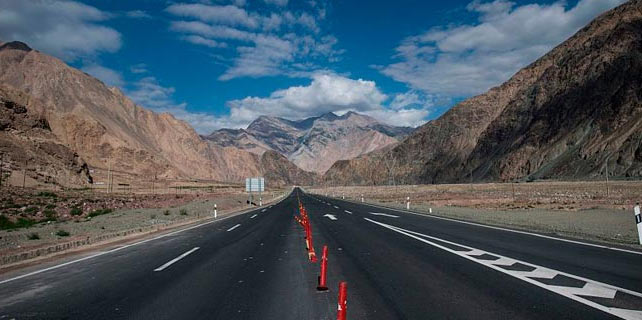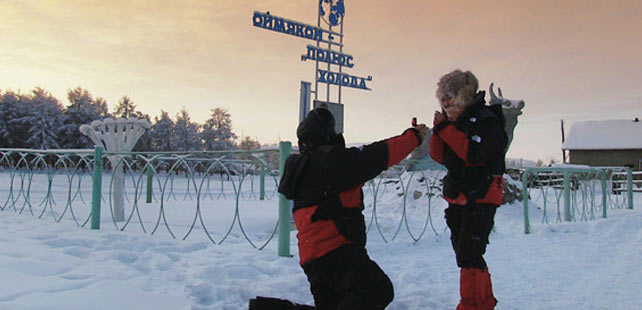Full text of facts and China's position concerning Indian border troops' crossing of China-India boundary
II
4. The China-India boundary in the Sikkim Sector has already been delimited by the 1890 Convention Between Great Britain and China Relating to Sikkim and Tibet (hereinafter referred to as the 1890 Convention, see Appendix II). Article I of this Convention stipulates that "The boundary of Sikkim and Tibet shall be the crest of the mountain range separating the waters flowing into the Sikkim Teesta and its affluents from the waters flowing into the Tibetan Mochu and northwards into other Rivers of Tibet. The line commences at Mount Gipmochi on the Bhutan frontier, and follows the above-mentioned water-parting to the point where it meets Nipal territory." (Mount Gipmochi is currently known as Mount Ji Mu Ma Zhen.) The Convention gives a clear and precise description of the alignment of the boundary in this sector. The actual boundary on the ground follows the watershed and its alignment is easily identifiable.
5. After the founding of the People's Republic of China and the independence of India, the governments of both countries inherited the 1890 Convention and the delimited China-India boundary in the Sikkim Sector as established by the Convention. This is evidenced by Indian Prime Minister Jawaharlal Nehru' s letters to Chinese Premier Chou En-lai, diplomatic notes from the Indian Embassy in China to the Chinese Foreign Ministry, and documents provided by the Indian side in the Special Representatives Talks on China-India Boundary Question (see Appendix III). Each of the two sides has for long exercised jurisdiction over its side of the boundary delimited by the 1890 Convention without any dispute over the specific alignment of the boundary. Once a boundary is established by a convention, it is under particular protection of international law and shall not be violated.
6. Since 18 June, the Indian border troops have illegally crossed the China-India boundary in the Sikkim Sector and entered the Chinese territory. This is an undeniable fact. The incident occurred in an area where there is a clear and delimited boundary. This makes it fundamentally different from past frictions between the border troops of the two sides in areas with delimited boundary. The Indian border troops' crossing of the already delimited boundary is a very serious incident, as it violates China's sovereignty and territorial integrity, contravenes the 1890 Convention and the UN Charter, and tramples grossly on the basic principles of international law and basic norms governing international relations.









